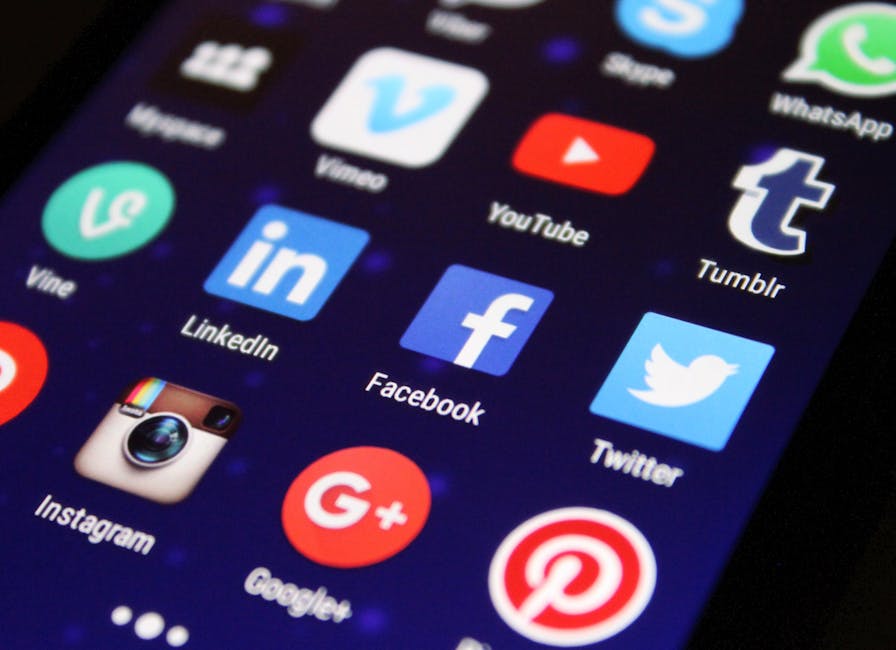Unleash Growth with Gamification: Small Business Strategies for Success
In today’s competitive marketplace, small businesses and startups need innovative methods to engage customers and drive growth. The traditional strategies of yesteryears, while important, often fall flat against modern consumer expectations. Enter gamification: an inventive approach that transforms mundane interactions into exciting experiences. By utilizing playful competition, small businesses can not only enhance customer engagement but also improve loyalty. This article digs deep into the art of playful competition and how gamification strategies can become your secret weapon for business growth.
The Gamification Revolution: What It Is and Why It Matters

Gamification is more than just a buzzword; it’s a dynamic strategy that integrates game-like elements into non-gaming contexts to encourage participation and engagement. Think of how often you find yourself entangled in a mobile game, competing for high scores, or completing levels. Why do we find these experiences so captivating? It’s the reward systems, challenges, and the thrill of competition. As more and more businesses recognize this phenomenon, integrating gamification into customer interactions has become a game changer.
Consider that a study by the Harvard Business Review estimates implementing gamification can lead to a 48% increase in engagement levels. This isn't just academic speculation but a reflection of real-world experiences where brands transformed mundane transactions into exciting playgrounds of interaction.
Crafting Unique Experiences Through Play

Understanding Your Audience

Before diving into gamification strategies, it’s essential to understand your audience deeply. What motivates them? What challenges do they face? Conduct surveys, engage in social listening, or use analytics to gather insights. This not only helps you tailor your gamification features but also builds a foundation for genuine connections with your customer base.
For instance, a local cafe might discover that their customers love trivia about coffee origins. By hosting a weekly quiz via an app that rewards loyal customers with discounts, they create an engaging and competitive atmosphere, encouraging regular visits. This type of initiative aligns perfectly with our previous discussion about harnessing quirkiness for better customer connections.
Designing Engaging Mechanics

The core of gamification lies in the mechanics you choose to implement. Points, badges, and leaderboards are foundational elements that can significantly boost interaction.
-
Points System: Customers earn points for various actions—purchasing items, referring friends, or sharing on social media. Over time, they can exchange these points for discounts, exclusive products, or experiences. A well-known furniture store, for example, might reward points for customer reviews which feed into their product development, creating a cycle of feedback and loyalty.
-
Challenges and Achievements: Launch challenges that align with your business objectives. For a gym, a “30-Day Fitness Challenge” can draw community involvement. Users can post their progress on social media, spreading word-of-mouth organically while creating a competitive yet supportive atmosphere.
-
Leaderboards: Showcasing top performers incites friendly competition. Not only does it motivate customers to improve, but it also encourages them to share their standing, boosting your brand visibility.
Incorporating these mechanics doesn’t have to be complicated either; using platforms like simple apps can facilitate engagement without overwhelming your existing processes.
Rewarding Loyalty with Play

Implementing a loyalty program underpinned by gamification can revitalize customer retention strategies. Brands like Starbucks have successfully employed gamification tactics within their rewards programs, effectively turning transactions into a game. By tiering rewards, customers are encouraged not just to participate but to strive for greater engagement—overall boosting sales while developing a loyal customer base.
Furthermore, consider offering experiential rewards, such as exclusive access to events or workshops, rather than just discounts. This aligns with the trend detailed in our post about customer creativity and collaboration, emphasizing shared experiences over transactional exchanges.
Building Community Through Gamification

Collaborating with Local Influencers

Community engagement is vital for small business growth, and gamification can amplify this bond. Partner with local influencers or micro-influencers who can create unique challenges or competitions related to your brand. For example, a local bakery could collaborate with food bloggers to host a “Bake-Off” challenge leading to event days and community gatherings. This not only builds your brand presence but encourages local engagement—making your business a hub of community activity.
Linking your gamification strategies with community outreach can echo sentiments discussed in cultivating community narratives, which highlight the power of local stories in boosting business growth.
Using Social Media as a Playground

Social media platforms are excellent venues for gamification initiatives. Hosting online contests, quizzes, or challenges allows your audience to engage with your brand playfully. You could create a hashtag challenge encouraging your followers to post creative photos aligning with your brand ethos. The best posts, as judged by your brand or users, receive rewards.
This engagement fosters a sense of belonging amongst customers and strengthens their loyalty. Plus, user-generated content becomes powerful marketing material, offering authenticity that resonates with new customers.
Technology that Empowers Gamification

The Role of Apps and Platforms

Investing in user-friendly apps or platforms can ease the implementation of gamification strategies. Tools such as Trello or Todoist can help design task-based challenges, or fitness apps can enable setting and monitoring competition among users. Tools focused on team projects can also integrate gamified elements to enhance productivity and interaction within and outside your organization.
Plus, incorporating augmented reality (AR) experiences can elevate your gamification tactics from basic to exhilarating. Imagine a local retail shop inviting customers to a scavenger hunt using AR technology. Not only does this create an experiential purchase journey, but it also enhances brand recall.
Engaging with concepts from our latest discussions on augmented reality can lead to groundbreaking avenues for business promotion and customer engagement.
Metrics that Matter
Evaluate and Adapt
No strategy is perfect, and evaluating the success of your gamification initiatives is crucial. Setting KPIs related to customer engagement, purchases, and feedback will let you assess the effectiveness of your efforts. Tools like Google Analytics or customer feedback platforms can provide essential insights into the impact of your gamification strategies.
After implementing a gamification system, monitoring changes in customer feedback or changes in purchasing behavior is necessary. Are there any distinct trends worth exploring? Analyzing participation rates in different games or challenges can provide insights into what resonates with your audience.
Experimentation is key. Maintain flexibility in your approach and be willing to pivot based on what the data shows. The adaptability harkens back to previous concepts we explored in agility in decision-making for small businesses.
Final Thoughts
The art of playful competition through gamification presents a promising pathway for small businesses aiming for growth in an increasingly competitive environment. By understanding your audience, designing engaging experiences, building community, leveraging technology, and continually evaluating your strategies, you can lead your business to success in an innovative and engaging way.
As you embark on your gamification journey, remember that the heart of this strategy lies not just in competition, but in creating meaningful and delightful experiences for your customers. Embrace the concept of playful competition, and watch as your community grows stronger and your sales soar!



